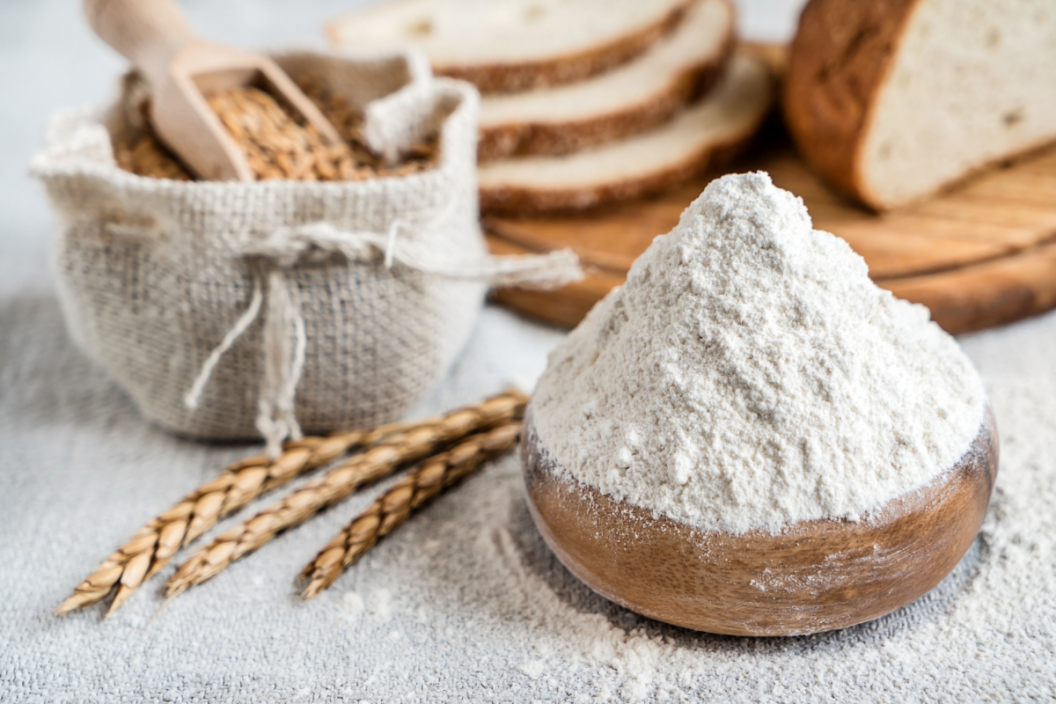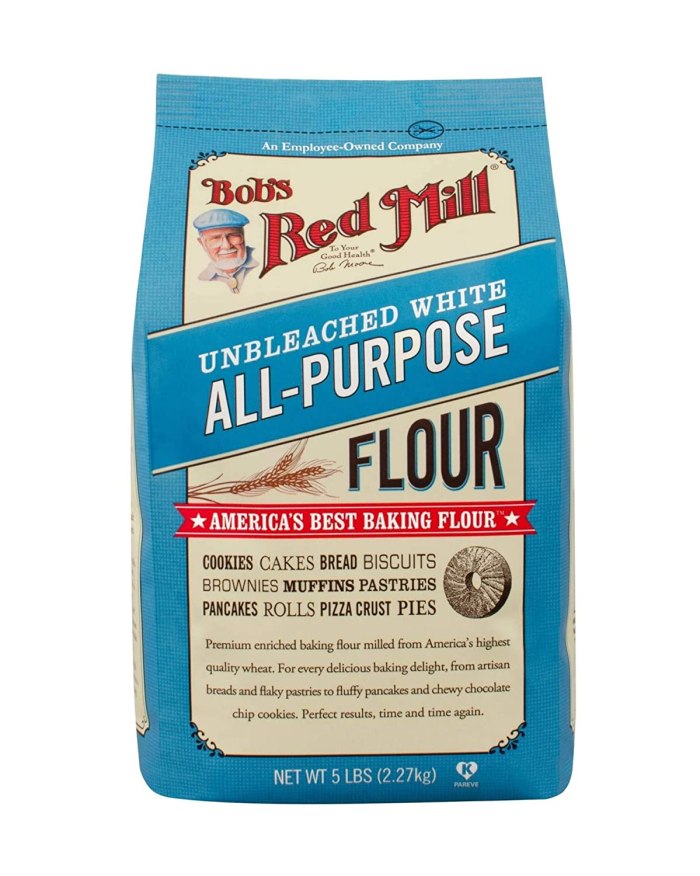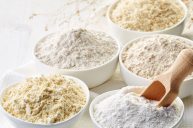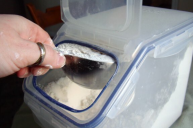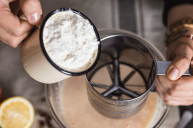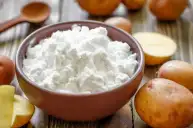Unless you're trying to avoid gluten, flour is a pantry staple, but it's not as easy as going to the store and picking up a bag. Knowing the different types of flours is crucial to good baking. Many people would also like to avoid bleach, potassium bromate, and unwanted pigments in their flour. Protein content can also be important for puff pastries, waffles, and certain types of bread, as it can affect how your bread turns out. Bleached and unbleached flour is as quintessential a debate as the inclusion of potassium bromate, which is banned in Canada and the European Union. But does it really matter if your flour is bleached? We take a look at some of the differences below.
Videos by Wide Open Country
Bleached vs Unbleached Flour
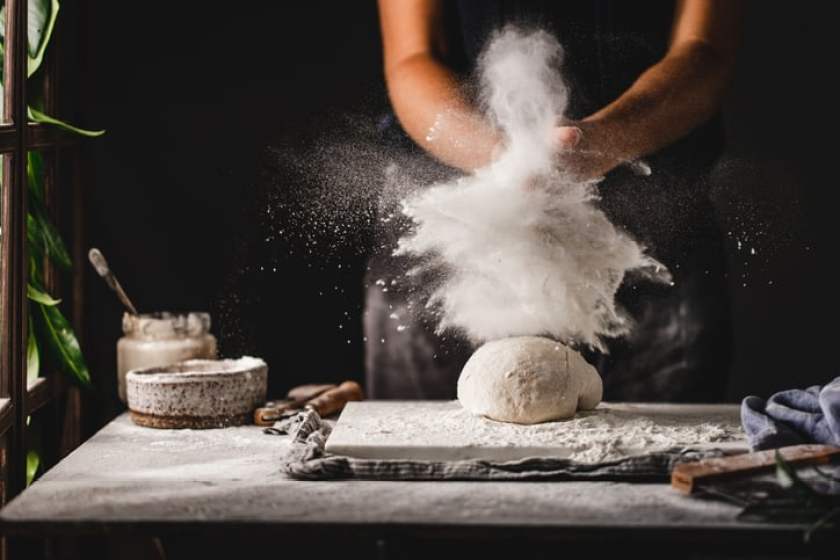
Getty Images/alvarez
Bleached and unbleached are both bleached, but it's the type of bleaching process that sets them apart. For bleached flour, bleaching agents or additives are added to speed up the process.
"Bleached flour uses bleaching agents (commonly benzoyl peroxide and chlorine gas, among others) to speed up the flour's aging process. This results in a whiter, finer-grain flour with a softer texture. Some people with sensitive palate can notice a difference in taste with bleached flour," Kitchn reports of this white flour. "Foods made with bleached flour tend to have a softer texture, more volume, and a brighter color than those made with unbleached flour. Bleached flour is best for making cookies, pie crusts, quick breads, muffins, and pancakes."
Unbleached flour is simply bleached by a slower natural process. The aging process affects both the texture and aesthetic of this common baking ingredient.
It's easy to confuse whole wheat flour with unbleached flour, but flour that hasn't been bleached is also a white color. "Just because this type of flour hasn't been bleached doesn't necessarily mean it hasn't been treated with other chemicals. All brands are different, so it's important to read the label to know what you're buying...Having a denser grain texture, unbleached flour provides more structure in baked goods, which makes it an ideal base for things like yeast breads, cream puffs, eclairs, and pastries."
Although there are distinctions between these two types of flour, when it comes down to it, you can essentially use either. The details are important to pay attention to if you're trying to cut very specific ingredients out of your diet, for instant the bleaching agents that make bleached flour what it is. It's also important if you're making a very specific recipe where you want the flavor to be very particular.
However, aside from those reasons, using bleached vs unbleached flour isn't too important for most people's cooking and baking experience. Both flours can be used interchangeably for bread flour, and both are considered all-purpose flour. You can pick them up at your local grocery store, or even on Amazon. "Your muffins will still rise, your cookies will still be delicious, and that layer cake will turn out just fine," Kelli from Kitchn adds.
So, in the battle of bleached vs unbleached flour, it turns out you can really use either one.
Products featured on Wide Open Country are independently selected by our editors. However, when you buy something through our links, we may earn a commission.
